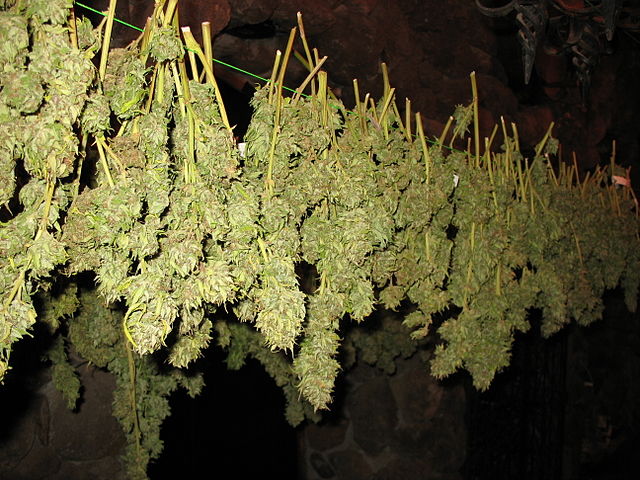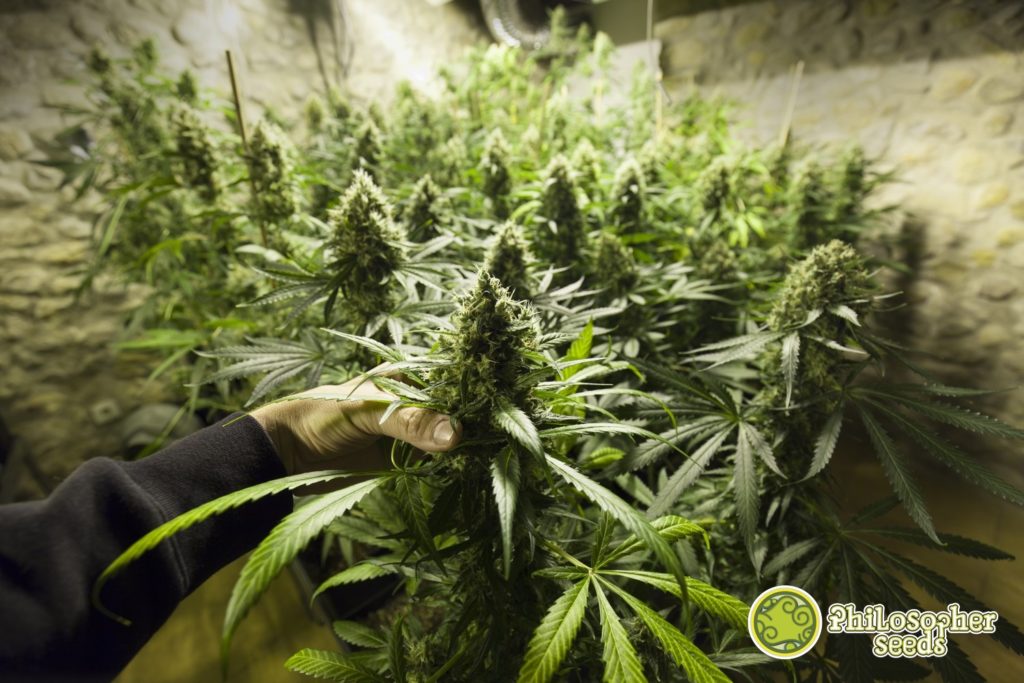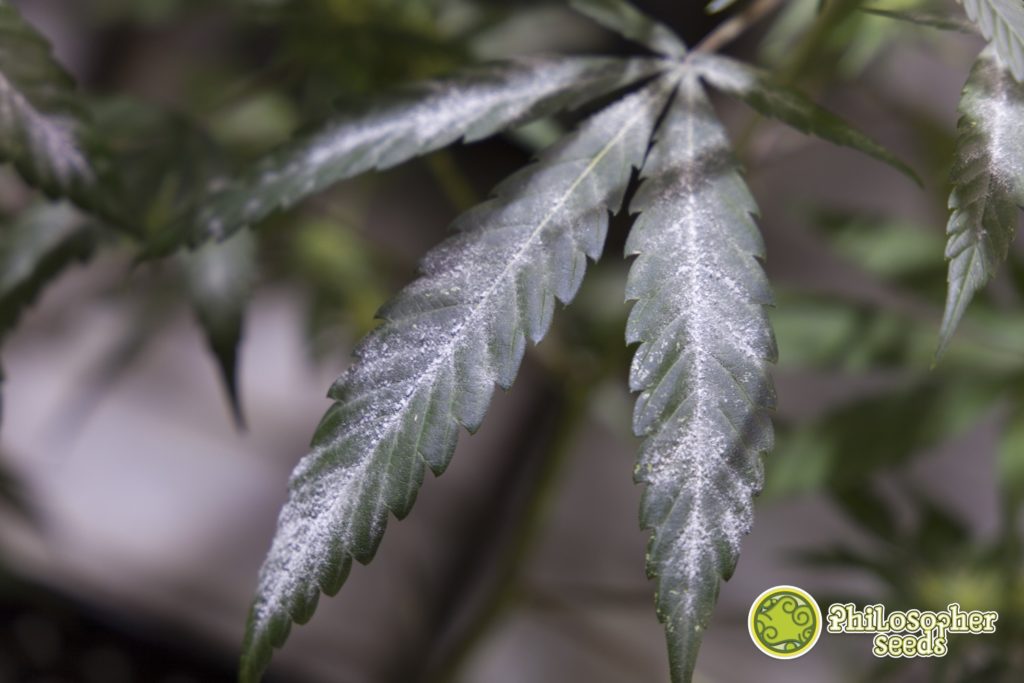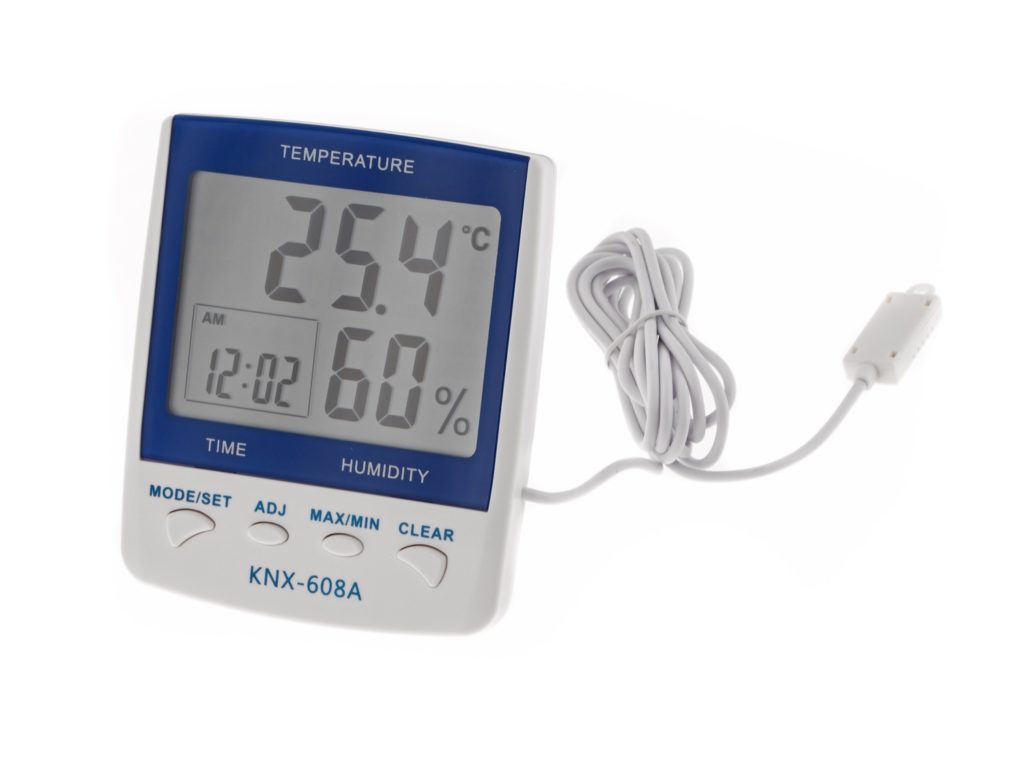The 7 most common errors drying cannabis
List of contents
After months of giving our plants all the care they require, the time to harvest finally arrives. Whichever variety of cannabis you cultivate, you’ll probably want to dry it before consuming it. While to many it may seem the least important phase (the hardest part is over!), the correct drying of our plants is essential to enjoy the best possible quality, if we don’t take the necessary care with drying, we can ruin our efforts… and our entire harvest!
In our post about drying and curing cannabis, we gave you the basic information to dry your flowers perfectly. In this article we will focus on the most common mistakes made when drying our precious buds, mistakes that as we say can ruin the flowers we have been caring for months. Let's see what the typical errors are when drying marijuana.

Not checking the colour of the trichomes
Closely observing the colour of the trichomes is crucial to enable us to harvest the plants at the optimum time, with the maximum possible content of cannabinoids, terpenes, flavonoids, etc. During flowering, this colour changes from transparent to milky as the glandular heads of the trichomes fill with compounds, ending with a lovely amber colour. Levitra http://www.wolfesimonmedicalassociates.com/levitra/
Normally, the best time to harvest is with a large proportion of milky trichomes, and a small number are already showing amber tones. At this time the cannabinoid and terpene content is at its highest, so the flavour, aroma and effect of the buds will also be at their peak. This is the first step to achieving a quality product, which we will finish off during the drying process.
Harvesting with wet substrate
Once we see that we’re at the optimum point of harvest, it’s time to cut the plants. A common mistake, which can delay drying for several days, is harvesting the plants when the substrate is wet, or to put it another way, when the water content within the plant's tissues is at the maximum. So if we want to properly dry our buds in the shortest time possible, it’s best to harvest the plants when the substrate has been dry for at least one day and their internal water content will be therefore lower.
In the same way, if we want to accelerate drying, it’s best to trim cannabis thoroughly before hanging them to dry, and also remove as much stalk and stem as we can. In this way, less vegetable mass must be dried, and the bud drying process will be faster.

Handling the buds too much
Both when we’re cutting the plants or during the trimming process (and also when hanging them to dry), it’s very important not to handle the flowers excessively. Trichome heads - where the various compounds that give cannabis its flavour and high are produced and stored - are very delicate, and can easily break off if we touch the buds too much.
In fact, charas is made by manually rubbing fresh flowers to get a thick layer of resin (hash) attached to the hands. This is precisely what we want to avoid here if we want to keep our buds in perfect condition!
Not removing infected parts of the plant
Once we’re ready to trim, or to directly hang to dry if we want to trim the dried flowers, we must carefully check each bud looking for infection, in particular fungi such as botrytis or powdery mildew. If we hang a plant up to dry with some type of fungal infection, the infection may spread during drying, leaving us with the unpleasant surprise of an infected and spoiled harvest.

Incorrect humidity levels in the drying room
We already have our flowers cut, trimmed, and ready to dry. However, we must bear in mind that the relative humidity level inside the drying room will determine both the speed of the drying and the quality of it. We want a slow and uniform drying, without peaks in temperature or humidity inside the drying area, which should be kept as constant as possible.
The ideal humidity to dry cannabis is 50-60%. Any lower and the plants will probably dry too quickly, while if it’s higher, problems with fungi can arise and the drying process can also take forever.
Inadequate ventilation while drying
As we already mentioned, in addition to maintaining an adequate level of humidity, it’s important to avoid the air inside the drying room becoming stagnant. Many growers use their grow tent as a dryer, leaving the ventilation system on during the drying process. In this way, a correct air circulation is achieved inside, and if a carbon filter is installed, the intense smell of the plants is avoided.
You can also install a small fan to help the air circulate and avoid the formation of air pockets or moisture, although we recommend not to point it directly at the flowers we’re drying. This could cause them to dry too quickly in some areas of the plants, and as we know, what we want is slow and uniform drying.

Temperature and light in the drying room
As with humidity, an incorrect temperature can ruin our flowers, as can drying them in full daylight. Temperatures over 25 degrees can dry the plant too fast, the ideal temperature being about 18-20 degrees celsius. On the other hand, if we dry the plants in the light this will degrade part of the content of the trichomes, reducing the final quality of the buds.
The ideal is to dry the plants in a relatively cool, well ventilated and dark place. This way, we will avoid many of the factors that can cause drying to reduce the quality of our harvest.
We hope this article helps you to get finished buds of the highest quality. One last and useful bit of advice: if your buds have got too dry, you can put them in a hermetic jar with a few fresh weed leaves (or some other vegetable). In this way, the buds will recover moisture, which they absorb as the leaves release it. When they are at the ideal point, we just need to remove the leaves and begin the curing process.
Feel free to leave us any doubts or observations you may have, we’re always happy to answer you!
Happy harvests!



